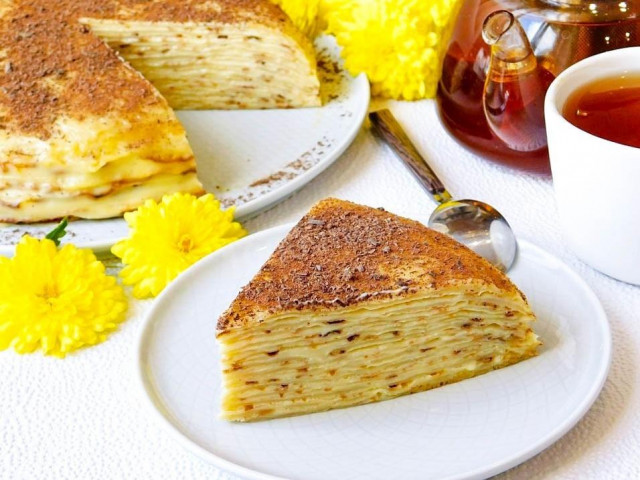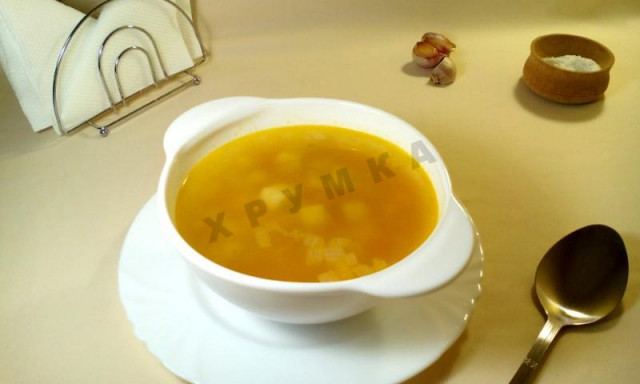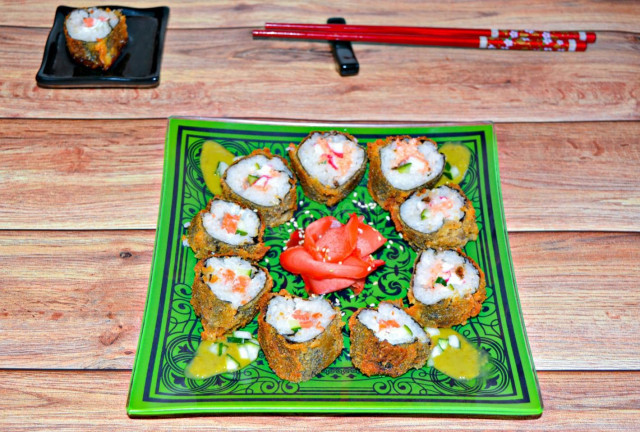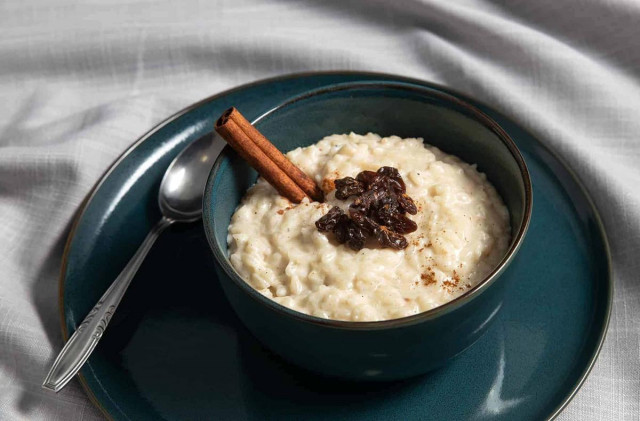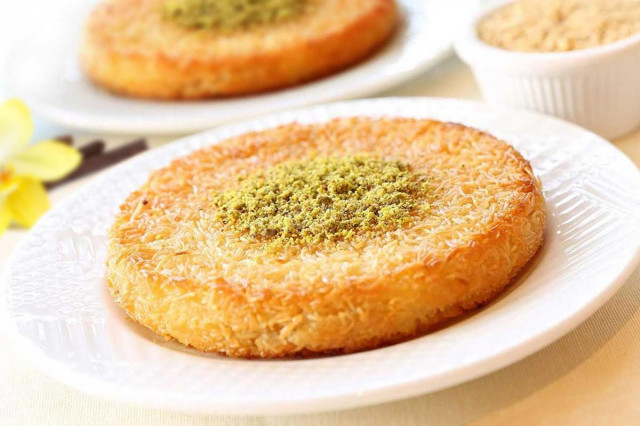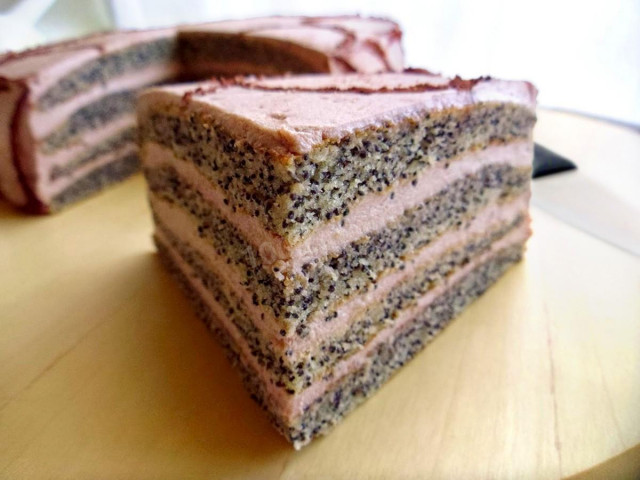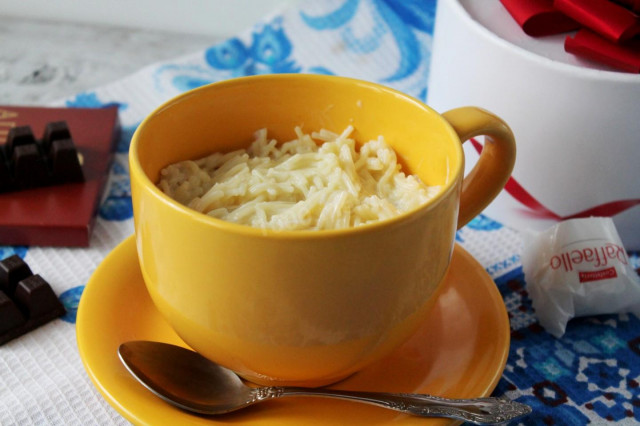Composition / ingredients
Step-by-step cooking
Step 1:
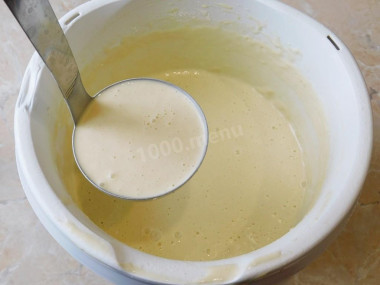
How to make a pancake cake with custard? First of all, bake pancakes. To make pancake batter, combine the egg with sugar. Add vegetable oil and milk. Then pour in the sifted flour and knead a homogeneous, sufficiently liquid dough so that there are no lumps. Flour can leave both more and less of the amount stated in the recipe, see the consistency of the dough.
Step 2:
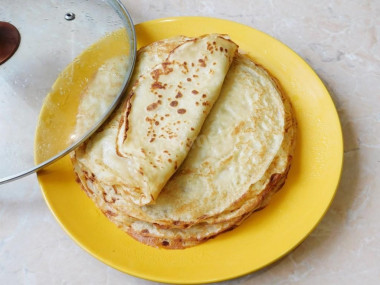
Bake pancakes from all the dough in a hot frying pan, frying them on both sides until golden brown. Grease the pan just before the first pancake, then you do not need to do this, since there is oil in the dough and the pancakes will not stick. Put the finished pancakes on a large plate and cover with a lid. Under the lid, they will steam, become soft, their edges will not dry out.
Step 3:
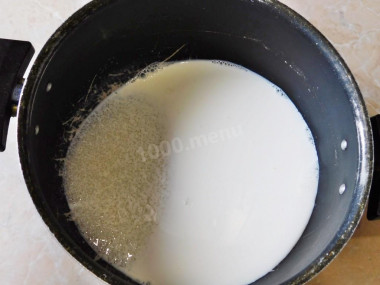
Prepare the custard. How to make custard? Pour 400 ml of milk into a non-stick saucepan (or a saucepan with a thick bottom) and add sugar. Put on the fire and bring to a boil. Stir while heating so that the sugar dissolves completely.
Step 4:
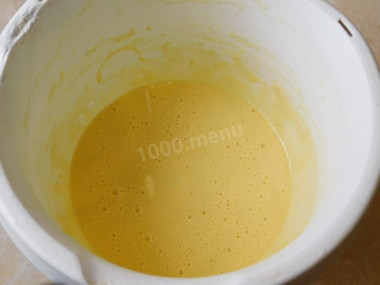
Separately, in a whipping bowl, mix the remaining 100 ml of milk, eggs, flour and vanilla. Then, in this mass, with continuous stirring, enter boiling milk.
Step 5:
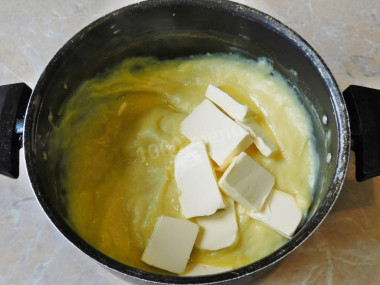
Then return the whole mass to the fire and, with constant stirring, boil until thickened. Remove the cream from the heat and add the butter to it. Let it melt and beat it with a mixer so that the butter interferes well and evenly with the cream. While you are whipping, the cream will cool down. Choose natural oil for the cream, without vegetable additives, the taste of the dish will depend on its quality.
Step 6:
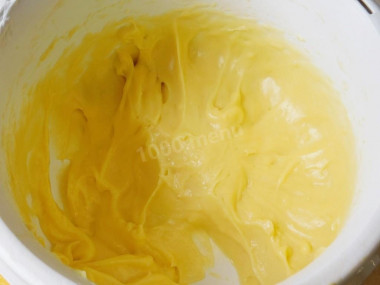
This is how the finished cream looks — thick and glossy.
Step 7:
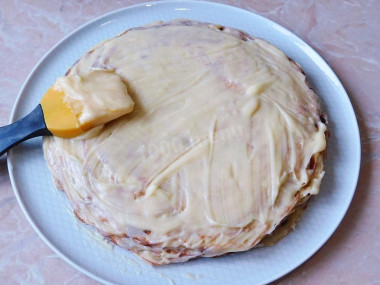
Spread each pancake with the finished cream, evenly distributing the cream over the entire surface of the pancake.
Step 8:
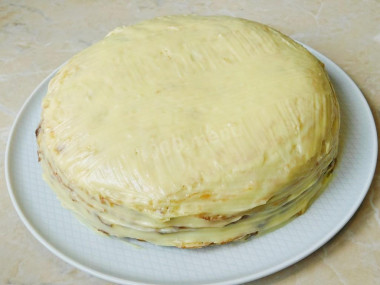
So assemble the cake from all the pancakes and from all the cream. Put it in the refrigerator for a few hours so that the cake is soaked and the cream freezes. The finished cake can be sprinkled with grated chocolate or decorated with any berries. Bon appetit!
To prepare such a cake, you can cook any pancakes. You can use your favorite recipe — milk, kefir, custard and any others. Together with the cream, you can add any berries or soft fruits to the filling, or sprinkle each pancake with chopped nuts and chocolate.
Be sure to wash the eggs before use, as even the seemingly clean shell may contain harmful bacteria. It is best to use food detergents and a brush.
It is important to sift the flour to saturate it with oxygen. Then the baking will turn out to be airy and will rise well when baking.
What is the difference between vanilla, vanillin, vanilla extract and vanilla sugar, how to use and replace them correctly, so as not to spoil the taste of the dish , read in this article .
Caloric content of the products possible in the composition of the dish
- Whole cow's milk - 68 kcal/100g
- Milk 3.5% fat content - 64 kcal/100g
- Milk 3.2% fat content - 60 kcal/100g
- Milk 1.5% fat content - 47 kcal/100g
- Concentrated milk 7.5% fat content - 140 kcal/100g
- Milk 2.5% fat content - 54 kcal/100g
- Chicken egg - 157 kcal/100g
- Egg white - 45 kcal/100g
- Egg powder - 542 kcal/100g
- Egg yolk - 352 kcal/100g
- Ostrich egg - 118 kcal/100g
- Whole durum wheat flour fortified - 333 kcal/100g
- Whole durum wheat flour universal - 364 kcal/100g
- Flour krupchatka - 348 kcal/100g
- Flour - 325 kcal/100g
- Granulated sugar - 398 kcal/100g
- Sugar - 398 kcal/100g
- Butter 82% - 734 kcal/100g
- Amateur unsalted butter - 709 kcal/100g
- Unsalted peasant butter - 661 kcal/100g
- Peasant salted butter - 652 kcal/100g
- Melted butter - 869 kcal/100g
- Vegetable oil - 873 kcal/100g
- Salt - 0 kcal/100g
- Vanillin - 288 kcal/100g

